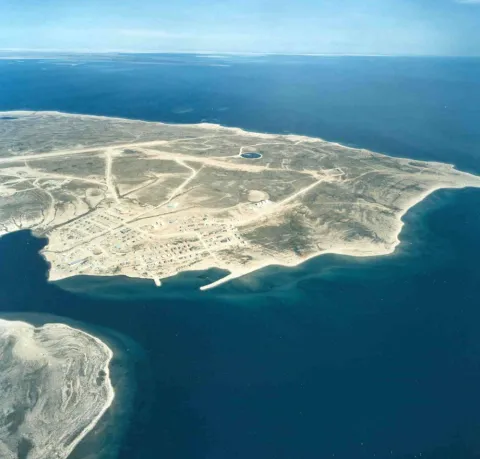The Inuktitut name for Gjoa Haven is Usqsuqtuuq, which means “a place with plenty of fat.” The name refers to the fatty fish and seal that were famously abundant in the area.
The explorer Roald Amundsen first travelled to the region in 1903 to gain information about the Magnetic North Pole. In 2003, Gjoa Haven (population approx. 1185) celebrated the 100th anniversary of the Admundsen expedition. Although Gjoa Haven is becoming more modern, and is home to Canada’s most northerly golf course, traditional activities are still enjoyed by many, including throat-singing, drum dancing and hunting.
